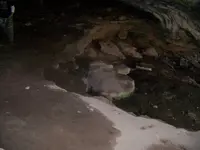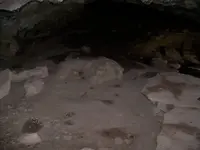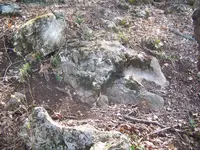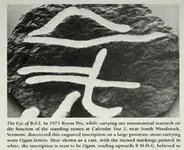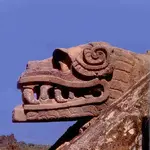Hey guys, there might be a new player in town in the treasure signs and symbols game and she's tough. Artemis, ancient Greek goddess of the hunt as well as many other things. I'm going to post a few of my posts from some other threads, just to get started.
The owl and Athena were depicted on opposite sides of the Greek tetradrachm so could be symbolic of wealth.
http://www.lydianmint.com/about_owl.xml
I wonder if a heart at a cache site might also be associated with an owl. I know the saying about the Spanish heart and the lust for gold but here's a link about an owl that seems to be common around the world. Notice the shape of the face. A heart would be a lot easier to carve than an owl.
Barn owl - Wikipedia, the free encyclopedia
As for the M, 13 and B, I believe the M became the 13th letter of the Latin alphabet during the 15th or 16th century, fitting in well with any cache site speculation, about its meaning, here in North America. Because of its shape, the B could be used as code representing a 13 which could represent an M.`So what could an M indicate at a cache site? Could be the Roman numeral for 1000, could be an owl, could be a symbol representing two peaks, could mean anything the guy setting up the cache site wanted it to mean. Here's one to ponder. There is a Saint Anthony of Padua who was associated with the number 13. If an M could indicate a 13 than it could be a reference to St. Anthony who was the patron saint of lost things. Just a thought.



